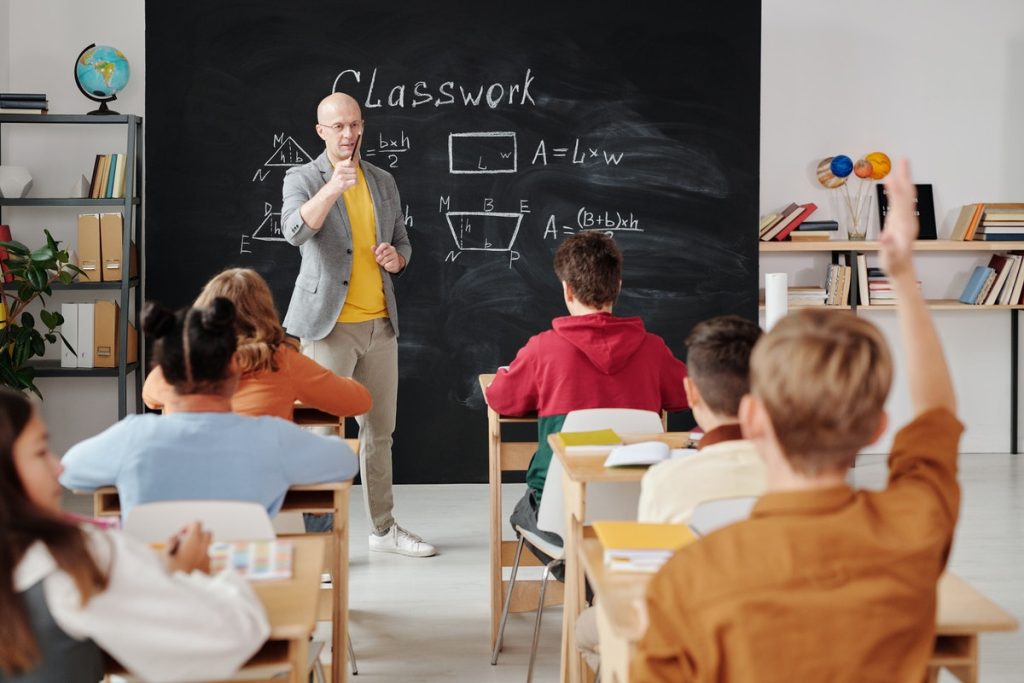In the past, students were taught in a one-size-fits-all approach, where everyone learned the same material in the same way. However, this traditional teaching method is no longer effective today. Students now have different needs and learn best in different ways. That’s why personalized learning strategies are becoming more popular in schools.
What is Personalized Learning?
Personalized learning is an approach to education that aims to tailor learning experiences to the needs of each student. Proponents of personalized learning argue that it allows students to learn at their own pace and in a way that best suits their learning style. However, critics argue that personalized learning can lead to a loss of social interaction and could exacerbate achievement gaps.
Personalized learning is often implemented using technology, such as adaptive software that can adjust the level of difficulty of an assignment based on a student’s performance. Some schools have also experimented with giving students more control over their schedules and allowing them to choose which courses they want to take. Although the jury is still out on whether personalized learning is effective, it is clear that this approach has the potential to change the way we think about education radically.
How Does Personalized Learning Differ From Traditional Education?
Personalized learning is an individualized approach to education that tailors learning experiences to each student’s unique needs, interests, and abilities. In contrast, traditional education takes a one-size-fits-all approach, in which all students are expected to learn the same material in the same way.
Personalized learning can take many forms, but one common element is using technology to give students more control over their education. For example, students may be able to choose which assignments to complete and have more flexible deadlines. They may also receive real-time feedback on their progress and be able to adjust their pace accordingly. Ultimately, personalized learning is about giving students the freedom to learn in a way that works best for them. And while it’s still a relatively new concept, there is evidence that it can lead to better educational outcomes.
Students who can personalize their learning are more engaged and have higher levels of academic achievement. They are also more likely to retain what they have learned and transfer it to new situations. So if you’re looking for an alternative to traditional education, personalized learning might be worth considering.

There are also different types of schools that embrace this personalized learning model. For example, there are established charter high schools with a personalized curriculum that is not similar to the traditional education system. These schools usually have teacher committees that try to find the interest of individual students and have a curriculum that suits their interests for better engagement and higher academic results.
What are the Benefits of Personalized Learning?
Personalized learning is an instructional approach that tailors education to the needs of each student. One of the most significant benefits of personalized learning is that it can help students achieve academic success. When students can learn at their own pace and in a way that best suits their learning style, they are more likely to retain information and excel in their studies.
Furthermore, personalized learning can boost students’ confidence and motivation. When students feel that they are being supported and challenged in a way that meets their needs, they are more likely to be engaged in their learning and to develop a positive attitude towards school. Finally, personalized learning can promote social-emotional growth.
When students have the opportunity to direct their learning, they develop essential skills such as autonomy, self-regulation, and communication. As a result, personalized learning offers numerous benefits that can support students in achieving success both academically and socially-emotionally.
How Can I incorporate Personalized Learning Into My Classroom?
There is no one-size-fits-all approach to education, and teachers are increasingly adopting personalized learning methods to meet their students’ needs better. Personalized learning is an approach that tailors the educational experience to each student’s strengths, weaknesses, and interests. Rather than following a set curriculum, teachers work with students to create individualized learning plans that address the student’s specific needs. This approach can take many forms, but all personalized learning experiences share a few key features:
- Student voice and choice: Students are actively involved in determining what they will learn, how they will learn, and how they will show what they have learned. They are given opportunities to direct their learning and pursue topics that interest them.
- Flexible pacing: Students advance through the material at their own pace, spending more time on challenging concepts and moving more quickly through material that they find easy.
- Individualized support: Teachers provide each student with the level of support they need to succeed. This may include one-on-one instruction, small-group work, or targeted practice materials.
Personalized learning can be used in any classroom to improve student engagement and achievement. By incorporating student voice and choice, flexible pacing, and individualized support into their instructional practice, teachers can create a learning environment that meets the needs of all students.
Personalized learning is an effective instructional approach that can support student success in various ways. By tailoring the learning experience to the individual needs of each student, educators can greatly increase the chances of academic and social-emotional success. Common personalized learning strategies include one-on-one instruction, small group work, and differentiated instruction. By carefully assessing the strengths and weaknesses of each student, teachers can develop a customized plan to help every child reach their full potential.

